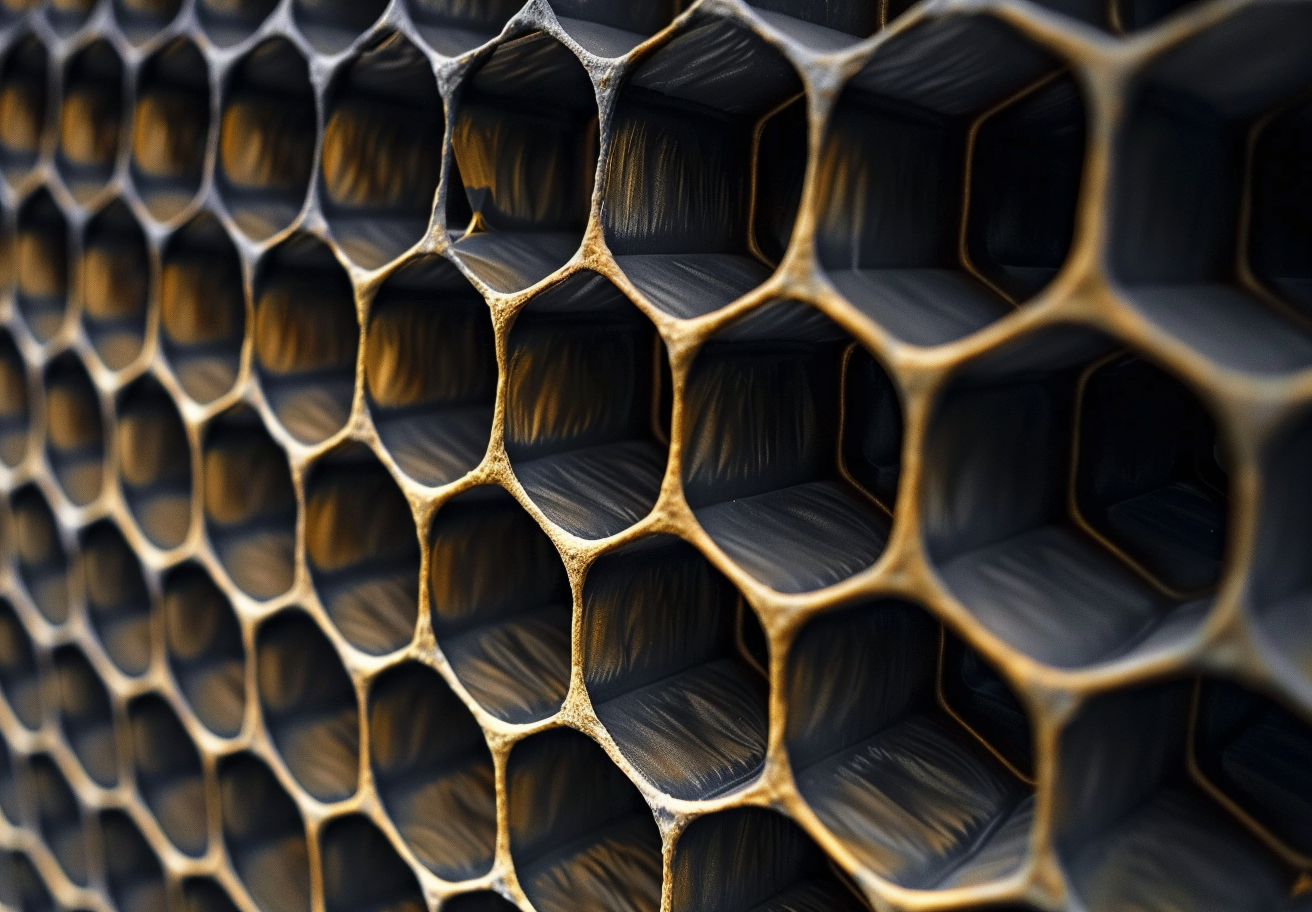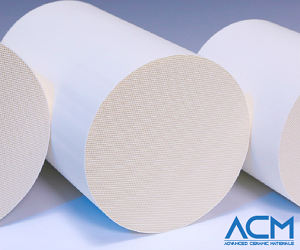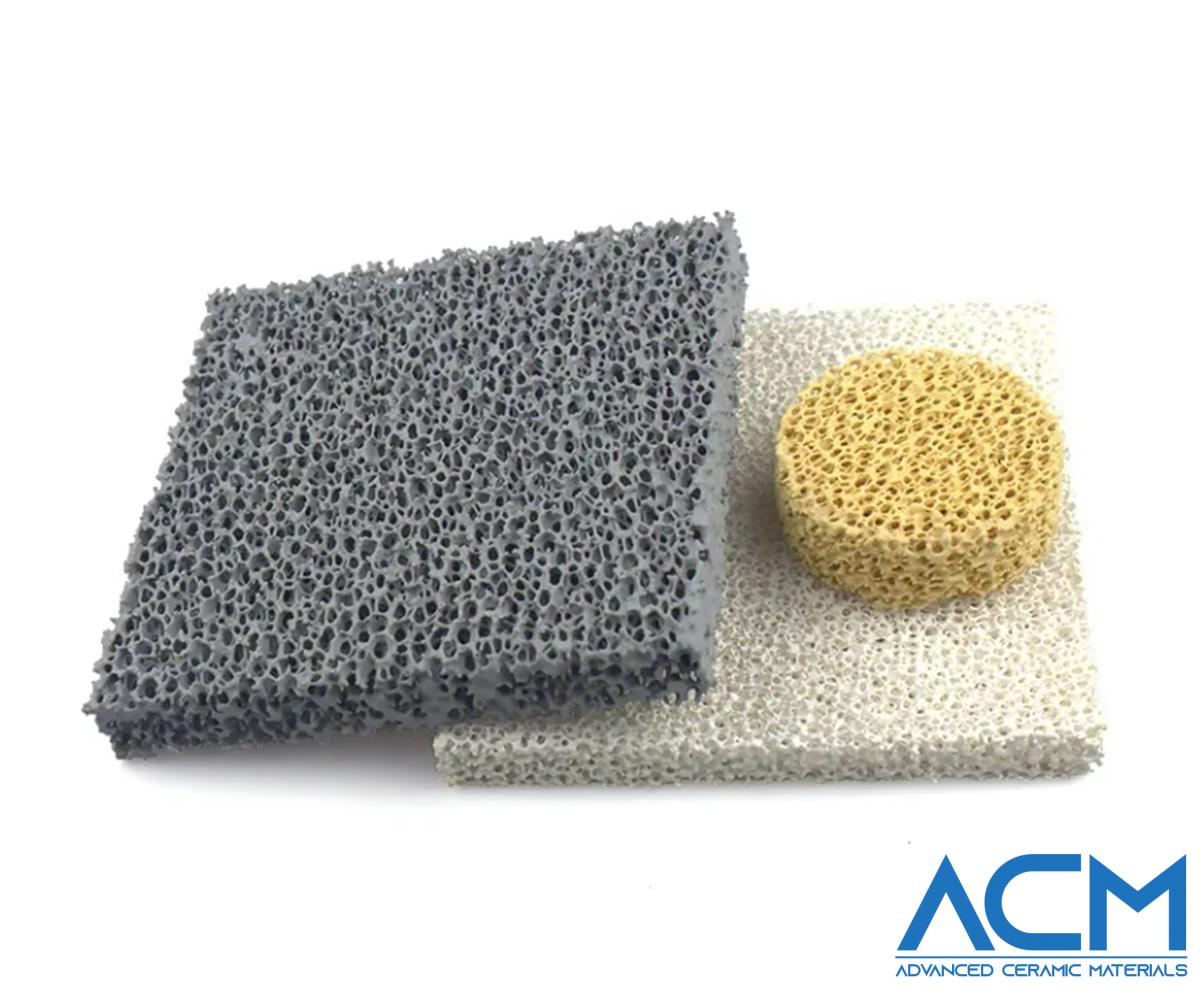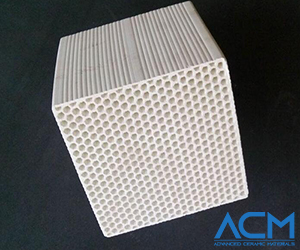Ceramic Honeycomb Catalysts in Emission Control Systems
Introduction
Global concerns about air pollution and strict rules on vehicle emissions have made emission control systems a key focus. This is true for both automotive manufacturers and industrial applications. At the heart of these systems is an important component: ceramic honeycomb catalysts. These structures are essential for catalytic converters. They reduce harmful emissions from engines and industrial processes. This article will explore the role of ceramic honeycomb catalysts in emission control systems. It will explain how they work and why they are becoming more important in the effort for cleaner air.
Understanding Ceramic Honeycomb Catalysts
Ceramic honeycomb catalysts are made from advanced ceramic materials like cordierite or alumina. These materials are selected for their thermal stability, mechanical strength, and resistance to thermal shock. These properties are essential for components that must endure the harsh conditions inside an engine or industrial exhaust system.
The honeycomb structure has many small, parallel channels running through the ceramic block. These channels increase the surface area. This boosts the interaction between exhaust gases and the catalytic coating on the channel walls. This coating is usually made of precious metals like platinum, palladium, and rhodium. It helps convert harmful pollutants into less harmful substances.

How Ceramic Honeycomb Catalysts Work
Ceramic honeycomb catalysts are essential for reducing emissions from engines. They work in catalytic converters. The honeycomb structure lets exhaust gases pass through. The catalytic coating then starts chemical reactions.
Carbon Monoxide (CO) Oxidation: The catalyst changes carbon monoxide into carbon dioxide. Carbon dioxide is less harmful.
Nitrogen Oxides (NOx) Reduction: The catalyst breaks down nitrogen oxides into nitrogen and oxygen. This reduces their harmful effects.
Hydrocarbon (HC) Oxidation: The catalyst converts unburned hydrocarbons into carbon dioxide and water vapor.
These reactions happen when exhaust gases touch the catalytic coating inside the honeycomb structure. This leads to a big reduction in harmful emissions released into the air.
Applications of Ceramic Honeycomb Catalysts
Ceramic honeycomb catalysts are used mainly in automotive catalytic converters. Almost every modern vehicle with an internal combustion engine has these catalysts. They help vehicles meet emission standards. These catalysts are crucial for reducing emissions of carbon monoxide (CO), nitrogen oxides (NOx), and hydrocarbons. This applies to both gasoline and diesel engines.
Ceramic honeycomb catalysts are also used in industrial emission control systems. Industries like power plants, chemical manufacturing, and waste incineration produce a lot of exhaust gases. These industries use ceramic honeycomb catalysts to lower their environmental impact. In these settings, the catalysts help reduce pollutants. These pollutants include volatile organic compounds (VOCs), particulate matter, and sulfur oxides (SOx).
Advantages of Ceramic Honeycomb Catalysts
High Thermal Stability: Ceramic materials like cordierite can handle high temperatures. They do not break down easily. This makes the catalyst last longer and remains effective.
Large Surface Area: The honeycomb design increases the surface area. This helps with more efficient pollutant conversion. The catalytic material is spread out evenly, so exhaust gases are fully treated.
Low Pressure Drop: The open honeycomb structure allows exhaust gases to flow smoothly. There is little resistance, so the engine does not experience much back pressure. This helps the engine stay efficient and prevents power loss.
Durability and Strength: Ceramic honeycomb catalysts resist thermal shock. They also handle mechanical stress well. These catalysts are strong enough for tough conditions in cars and industries. They can handle repeated heating and cooling without cracking.
Environmental Impact: Ceramic honeycomb catalysts reduce harmful emissions. This helps create cleaner air. They lower pollutants and improve air quality. These catalysts also help meet strict environmental regulations.
Technological Advancements and Industry Trends
Recent advancements in materials science have made ceramic honeycomb structures more efficient and durable. Some newer catalysts have nano-sized particles in the catalytic coating. This increases the active surface area and improves overall performance. Innovations in manufacturing have also improved the control over the shape and porosity of the honeycomb structure. This makes it even more effective in emission control systems.
The automotive industry is focusing on improving ceramic honeycomb technology. This is to meet stricter emission standards and to support more sustainable transportation. Electric vehicles are becoming more popular. However, internal combustion engines are expected to be used for many more years, especially in commercial and heavy-duty vehicles. So the need for effective emission control technologies, like ceramic honeycomb catalysts, will likely stay strong.
Conclusion
Ceramic honeycomb catalysts are a key part of modern emission control systems. They play a crucial role in reducing the environmental impact of both automotive and industrial emissions. Their unique structure and material properties make them very effective. They help facilitate the chemical reactions needed to convert harmful pollutants into less harmful substances. As environmental regulations become stricter and the demand for cleaner air increases, ceramic honeycomb catalysts will become even more important. Advanced Ceramic Materials (ACM) offers a range of high-quality ceramic honeycomb products. These products help manufacturers meet today’s emission control challenges.
{{item.content}}
LEVE A REPLY
{{item.children[0].content}}
{{item.content}}
LEAVE A REPLY
SUBSCRIBE OUR NEWSLETTER
- Boron Nitride in Cosmetics: Enhancing Performance and Sensory Appeal
- Maximize MOCVD Yield and Purity with Hexagonal Boron Nitride Setters
- What Are the Advantages and Uses of Boron Nitride Ceramic Sheet?
- The Compression Annealing Advantage for Pyrolytic Boron Nitride
- Beyond Insulation: The Surprising Spectrum of Ceramic Thermal Conductivity















